
Unchecked CO2 and other gases can do damage to the environment and to your wallet
As I sit here typing, the latest Californian wildfires have already destroyed an area the size of Connecticut and are raging on with no sign of stopping. In Brazil and Australia, vast swathes of forest and wilderness have burned to cinders in the last 12 months. Closer to home in Europe, sweltering summers are hitting record temperatures year after year. For most scientists, and just as many students on Friday afternoons, all of this is indisputable evidence of the catastrophic effects of climate change. This isn’t just just having an impact on the natural world though; the emission of greenhouse gases into the atmosphere has already and is set to hit drivers hard.

In April 2019, the EU commission announced plans to cut overall CO2 emission by ⅓ and that they say the automotive industry as one of the three key contributors to global warming. Although CO2 has already been cut by 30% by major car manufacturers in the last two decades, but now the EU is demanding that by 2021 all new cars produced 95g CO2/km (grams of CO2 per Kilometer) and reducing this as far as 70 to 80 by 2025. The latest data from the International Council on Clean Transport (ICCT), however, showed that new cars sold in the EU in 2019 had average CO2 emissions of 122g CO2/km, 1 g/km higher than in 2018, as measured over the New European Driving Cycle (NEDC). As of 2019, fleet-average CO2 emissions will have to decline by 11.9% per year to comply with the 2021 target.
As part of the CO2 legislation, manufacturers exceeding targets have to pay a penalty for each car registered, which amounts to €5 for the first g/km or over the limit, €15 for the second g/km, €25 for the third, and €95 for each subsequent gram. These prices are bound to hit the consumer at some level, whether it is increased prices of more efficient catalytic converters or features to reduce CO2 emissions, or simply manufacturers adding the price of the penalty on the price of the car. From 2019, stricter penalties will be introduced; every exceeding gram costing €95.
What else does all this mean for the average driver? Governments have been introducing new emission standards consistently for the past 30 years and the Euro 6 standards introduced in September 2015 mean that the limit of carbon emissions for all cars is now 95 g/km of CO2. They have also required levels of carbon monoxide (CO), oxides of nitrogen (NOx), particulate matter, or soot from diesel cars (PM), and hydrocarbons (HC). These restrictions are clearly having an impact: emissions-related MOT failures for light commercial vehicles were up 116% between May 2018 and February 2019, compared with the same period the year before.
This is all important for motorists as the levels of CO2 your car emits can significantly increase your tax rate if you don’t meet these new standards and you can fail an MOT (Ministry of Transport) test if emissions of the other gases are also outside of the limits, meaning you can’t legally drive your car and face a £1,000 penalty if you do drive. Considering the CO2 emission when purchasing a vehicle is, therefore, vitally important, as is trying to reduce emissions as much as possible.
In addition to these environmental and legal reasons for wanting to reduce your emissions, having high CO2 emissions can also have monetary implications – your fuel consumption will be higher and the performance of your vehicle will be reduced. Increased CO2 emission is normally an indicator that the fuel is the engine is not functioning properly and may be in need of a clean. Increased emissions can also be a symptom of some other problems with your car, so it is critical to have an understanding of how much CO2 your car produces and what it might show you.

UK Limits for emissions – Car tax and MOT requirements

CO2 emissions directly impact the amount of vehicle tax you have to pay. For vehicles already on the road before April 2017 tax rates are calculated entirely according to their CO2 emissions. Any car with an official rating of under 100g/km CO2 is exempt from car tax. These include cars with efficient petrol and diesel engines, as well as the rising numbers of electric cars and hybrid vehicles, which combine an electric motor with a petrol or diesel engine for improved economy.
Cars emitting more than 100g/km CO2 pay tax on a sliding scale from £20 a year to £555. How much you pay depends on which band you fall into, with each band being a range of CO2 emissions (e.g. 101-110g/km CO2).
For cars registered after April 2017 an entirely different taxation system applies. The first year of tax – when a car is brand new – is based on CO2 emissions as listed by your vehicles manufacturer.This isn’t included in your car’s purchase price and so is often overlooked, but it can substantially add to the cost of your car. There are 13 tax bands, which are based on CO2 emissions, ranging from 0 (for electric cars), where tax is free, to over 255g/km, which costs £2,070. An average car will incur a tax rate of £165. Diesel cars are further penalised under this system and are classed as a band higher than their emissions, to make the cost of taxing them greater.
After the first year, drivers pay a flat rate of £140 each year. Only vehicles with no CO2 emissions from their exhaust – those powered by electricity or hydrogen – are exempt.
The other emissions (CO, HC, PM, and NOx) do not contribute to your road tax, but they do play an important role in your car passing its MOT test and without MOT you’re not legally allowed to drive your vehicle. The limits for a petrol car vary, but most cars have a CO limit of 1.00 gm/km (grams emitted per kilometre), an HC limit is 0.10 gm/km, and a NOx limit is 0.08 gm/km (there is no limit for PM). A similar diesel car has a CO limit of 0.50 gm/km, a NOx limit of 0.25 gm/km, a combined HC and NOx limit of 0.30 gm/km, and a PM limit of 0.025 gm/km.
How can I reduce my car’s emissions
It’s clear, then, that emissions can be really expensive for drivers, which is why it’s essential to try and reduce all emissions as much as possible. By reducing emissions you’ll get better performance, better fuel MPG and it will help the environment.
Here are some of the best ways to easily reduce the emissions from your car.- Maintaining your engine – if the parts of an engine aren’t working properly then this might lead to excessive levels of emissions. Broken or damaged piston or cylinder rings or gasket heads can lead to a greater output of CO2 and other combustion products.
- Check or repair your catalytic converter – exhaust gases pass through a catalytic converter before exiting via the exhaust pipe. This converter makes the gasses less harmful through a chemical redox reaction and if it isn’t functioning it can lead to high levels of emissions.
- Malfunctioning control system – if the emissions control system isn’t working, the car engine may not be receiving the right blend of air and fuel. A reduction in airflow leads to high emissions.
- Use better fuel – try premium over regular. Premium fuels often contain cleaning agents or additives which help to remove dirt from the engine, which is why they should improve efficiency and reduce emissions.
- Use a cleaning agent – something like an engine flush or an injector cleaner can help remove deposits from the engine and help the working parts function as they should.

- Change your oil and use the right type – engine oil is what keeps your engine running smoothly. It lubricates, cleans, cools and prevents wear. You need to change it regularly to make sure it is still doing this vital job and should check your vehicle’s handbook for the recommended service intervals and make sure to regularly check your engine oil level.
- Check your tyre pressure and keep them optimally inflated – According to Michelin, a tyre loses around 1 psi (0.076 bar) per month, but other factors can accelerate deflation. Low tyre pressure increases fuel consumption and CO2 emissions, with a tyre under-inflated by 20 percent reducing economy by around 20 percent.
- Turn off your air conditioning – air conditioning makes the engine work a lot harder to keep you cool, so using it increases the emissions of course. If it’s an incredibly hot day, you could turn the system on until you achieve a good temperature and then switch it off again, intermittently turning it back on when necessary.
- Remove roof racks unless necessary – Removing things that have an impact on your car’s aerodynamic efficiency and that creates drag
- Reduce your idle time – Idling is better than restarting the engine. That’s what we’ve always been told. Recent studies have shown, however, that idling for 10 seconds wastes more fuel than restarting your car. Next time you’re stuck in traffic and it is likely to be a wait of longer than 10 seconds, it’s worth it for you and for all those in the local area for you to switch your engine off.
- Changing your driving style – changing gears as soon as possible and not revving your engine can lead to less emissions, as well as braking sooner, and slowing down. These will all reduce wear and tear too.
- Change the air filter – When an air filter is blocked, the airflow to the engine is reduced, which can lead to a ton of issues. If an engine doesn’t have sufficient oxygen, deposits will build up, causing premature wear and tear. Again, check the recommended service intervals for the optimum time to change the filter, but you should change it more frequently if you live in a dusty area or in prolonged dry conditions.
- @user_9051907.10.2021 09:54Member
can you fail an mot on emissions if the engine has not got up to temperature
 @Anna Johnson31.01.2022 10:24Member
@Anna Johnson31.01.2022 10:24MemberOnly by replacing the catalytic converter can CO2 emissions be reduced.










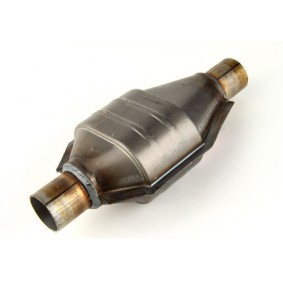


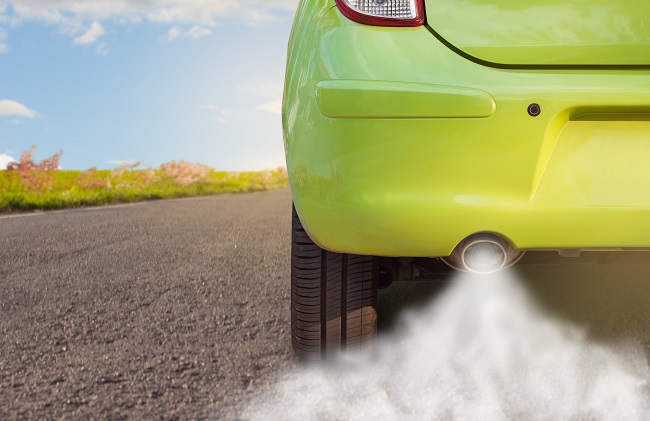

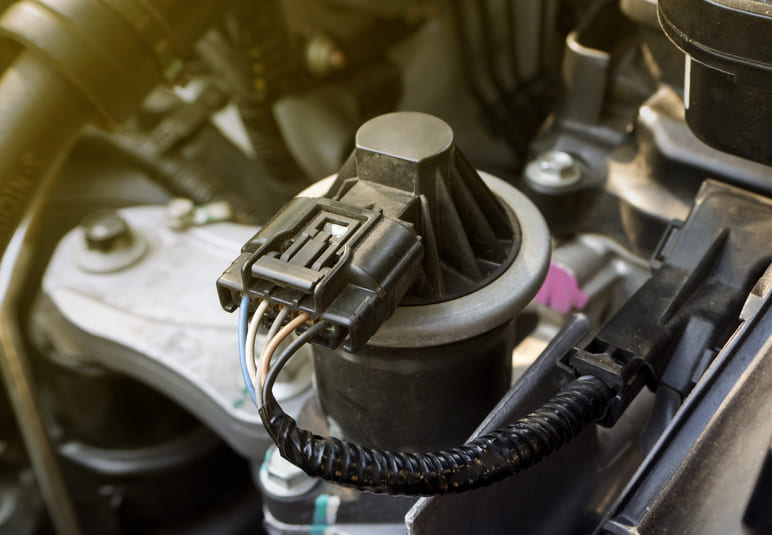
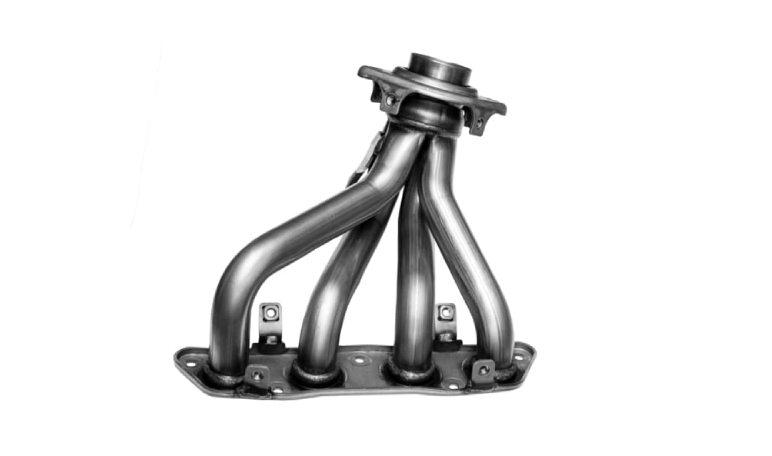
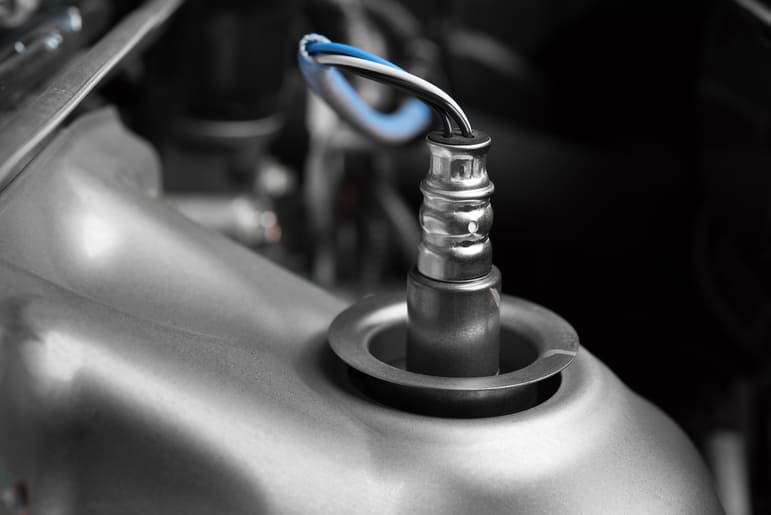
Comments – 2